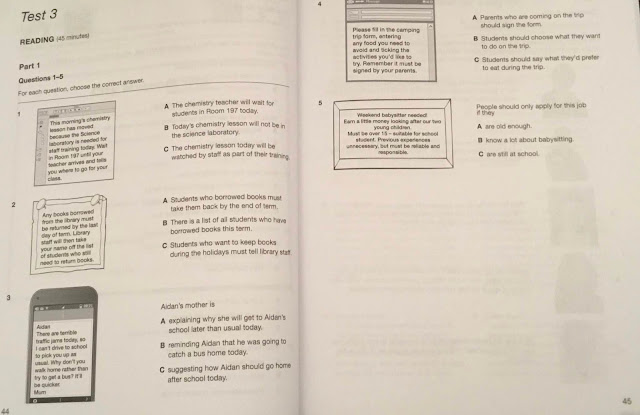TUESDAY, 24th MARCH 2020
Estimados padres:
Por fin han llegado vuestros correos. ¡Gracias! Es grato tener noticias vuestras y ver al menos la letra de vuestros hijos y en algunos casos sus saludos 😊
Deseo que todos estéis bien. Un gran saludo.
Good morning Kids,
Today let’s practice some Ket and Pet tests for English class and the European relief in Social Science. This part will be in Spanish as we have been working in school.
ENGLISH
KET STUDENTS
You will do some reading and writing activities as we used to do in class: Write the number and the answer. Answers will be given tomorrow for self correction.
PET STUDENTS
You will do some reading and writing activities as we used to do in class: Write the number and the answer. Answers will be given tomorrow for self correction.
CIENCIAS SOCIALES
Empezamos tema nuevo. El tema 4 titulado en vuestro libro “Landforms and territories of Europe”. Pero cómo sabéis, los temas de geografía los estamos viendo en español y tocaremos el libro poco.
Trabajaremos éste tema a través de un vídeo, algunas preguntas sobre el vídeo y mapas dónde situar los elementos topográficos más relevantes.
1) Vídeo:
2) Responde:
a) Con que limita el continente europeo al norte, sur, este y oeste.
b) ¿En que hemisferio se encuentra Europa?
c) ¿En que parte del planeta se encuentra el continente europeo?
d) ¿Dónde hay más montañas? ¿En el norte o en el sur del continente?
f) Escribe los picos más altos de Europa mencionados en el vídeo.
g) ¿Que crees que significa que las costas del continente europeo son recortadas?
3) A continuación os pongo en dos tablas diferentes los elementos de relieve e hidrografía importante en el continente europeo:
RELIEVE
HIDROGRAFÍA
¡Vale, vale! No os agobiéis 😅
Tenéis hasta el
lunes que viene día 30 para situar los elementos de las tablas en dos mapas mudos diferentes: Uno para el relieve y el otro para los ríos, mares y océanos. Os proporciono dos mapas para imprimir o copiar. También podéis calcar el mapa que tenéis en el libro de Sociales, pág 61. Utilizad el método que más os convenga. Ése día me lo mandaréis por mail: sextoinglesesperanza@gmail.com
😘😘



















